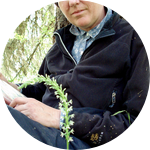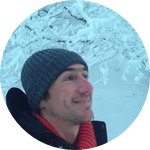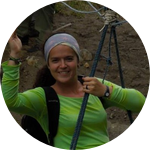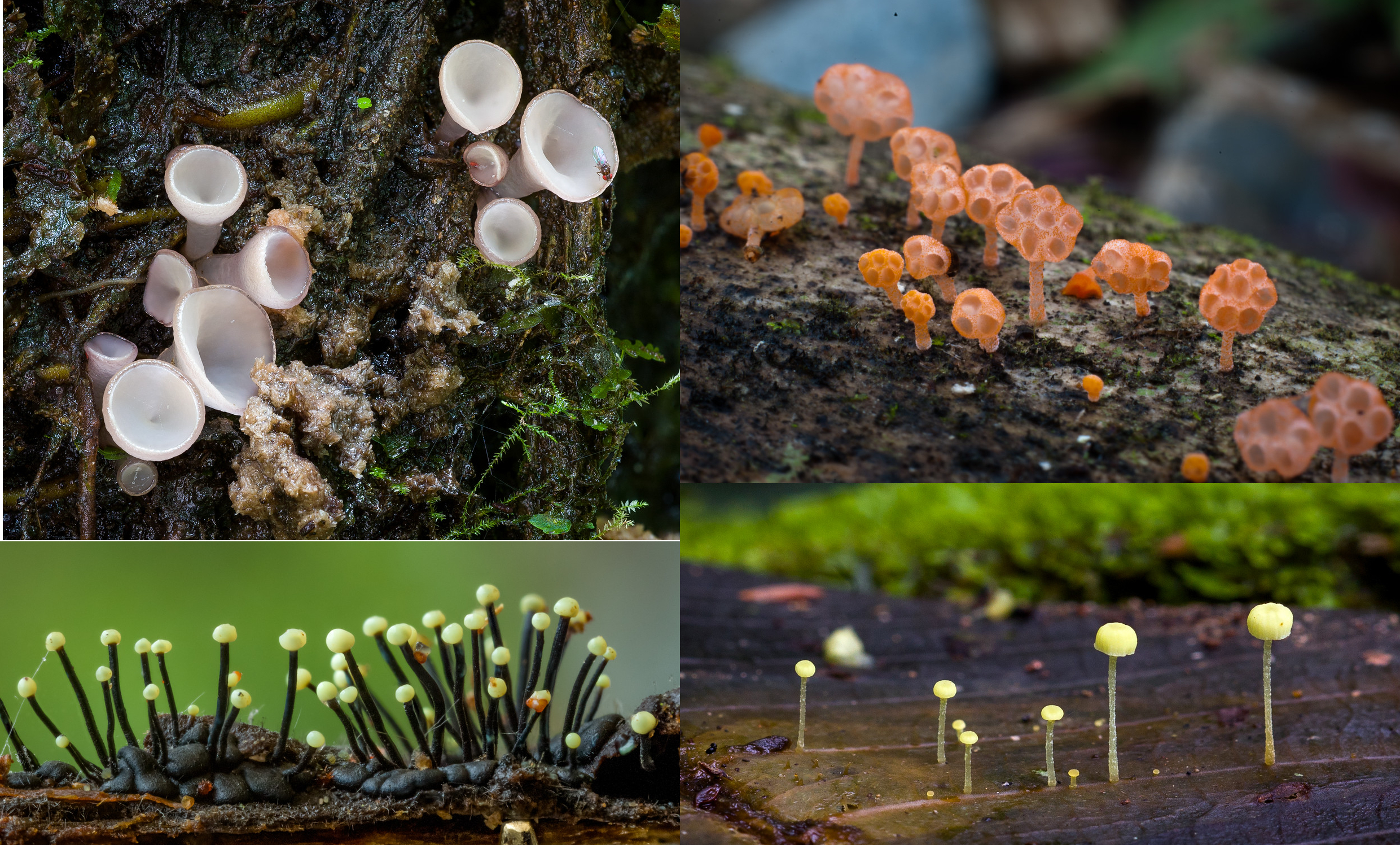About This Project
Tropical montane cloud forests are bio-diverse ecosystems¸ that are being lost to cattle farming, logging, and mining,and threatened by climate change. Fungi of these systems are largely unexplored with modern techniques. To explore the fungi of the canopy we'll climb trees of an Ecuadorian cloud-forest, sampling for both macrofungi and microfungi. We will examine the little-known diversity of macro-fungi, and map changes in the fungal microbiome of these trees with height.
Ask the Scientists
Join The DiscussionWhat is the context of this research?
In my lab, we study the microbiome of trees. Trees are host to millions of microorganisms inside and outside their roots, wood and leaves, just like humans are hosts to millions of bacteria inside and on our bodies! Many of these microorganisms are fungi, and they are important to tree health (and here) just like we rely on healthy bacteria in our gut to keep out disease. I want to answer the question, how do trees' microbiomes change with height in the canopy? Along the way I want to make collections of the macrofungi that live in the Ecuadorian cloud forest canopy, a poorly explored mycological habitat.
What is the significance of this project?
Questions of diversity and ecology of plant microbiomes have large implications for forest management and agriculture. At a time of unprecedented pathogen pressure on our food plants, and in a changing climate, it is important to learn about our microbial friends that can help their hosts in stressful times, and their ecological patterns. Additionally, mapping the changes in microbiome with host exposure will be important in these times of rapid deforestation, as the canopy opening caused by deforestation may be causing big changes in forest fungi (and here). We hypothesize that even very small-scale changes in the micro-climate of the canopy will result in changes in the stresses on plant host and microbes, resulting in highly local changes in fungal microbiomes with height and exposure.
What are the goals of the project?
We will rig and climb eight trees each of two common species of host tree (Protium sp. and Cecropia sp.) in the sampling site at Reserva Los Cedros, in northern Ecuador. We'll take leaf and wood tissue at 3- or 5-meter regular intervals into the canopy. Endophyte and epiphyte fungi will be separated by thorough washing of leaves, followed by centrifugation of this wash water to pelletize the epiphyte biomass, and sterilization of outside leaves and wood. DNA will be extracted from these pellets, leaves, and wood, and a barcode gene (ITS) will be amplified using fungal specific primers for illumina miseq platform sequencing. These DNA libraries will then be characterized and analyzed to describe microfungal communities at each site and look for ecological patterns with changing height.
Budget
These are most of the supplies necessary for field stabilization, extraction, amplification, and sequencing of DNA. These reagents will cover the ~150 samples we expect to take from all 16 tree hosts. DNA stabilization is necessary because of the remote location of the reserve, and the limitations of the micro-hydro powerplant at los Cedro, which cannot yet power a refrigeration system.
The fees for the field station at Los Cedros cover our room and board while we stay at Reserva Los Cedros, a remote field station north of Quito and west of Otavalo. Sampling will occur in a space of two or three weeks, allowing a full day for collection of all samples from one tree per day.
Climbing gear has already been sourced! See our methods for details on what we use and how.
Endorsed by
Meet the Team
Team Bio
Helping are colleagues Elisa Levy and Jose Danilo Simba Larco. They bring expertise about the cloud forest ecosystem, in which they have been working for years. We all have Reserva Los Cedros in common, a place special to all of us.
Daniel Thomas
Originally from Virginia, I live in Eugene, Oregon. I am a grad student at the University of Oregon, where I study landscape level patterns of plant-symbiotic fungi. I am interesting in fungal dispersal and in modeling the effects of host, environment, and distance on the fungi of the plant microbiome. My first publication is here.
Elisa Levy
I was born in the tropical lowlands of Carchi, northern Ecuador. I believed been raised there and with the inspiration and motivation my parents have given me I could not study something else than Biology. Besides research on ecology issues, I'm really interested on connecting the information that research provides with the people and communities that lived around diverse but threaten areas so they can be the first ones on preserve and appreciate the essential but fragile ecosystems around them.
Lab Notes
Nothing posted yet.
Additional Information
This is a project that will take place at Reserva Los Cedros, an incredible site in the northern Ecuadorian Andean foothills. I will be collaborating with my colleagues Elisa Levy, a biologist from Quito, and Jose Danilo Simba Larco, a botanist from Pintag. I have experience working in the canopy, as I'm pursuing a parallel survey here in the forests of my home state of Oregon, and we completed some sampling in the canopy at Los Cedros in 2013. My colleagues have also done some amazing photography and taxonomy of some the macrofungi that can be found in forest of Los Cedros:
We'll be using the facilities at Reserva Los Cedros and a lab in the nearby town of Apuela. 
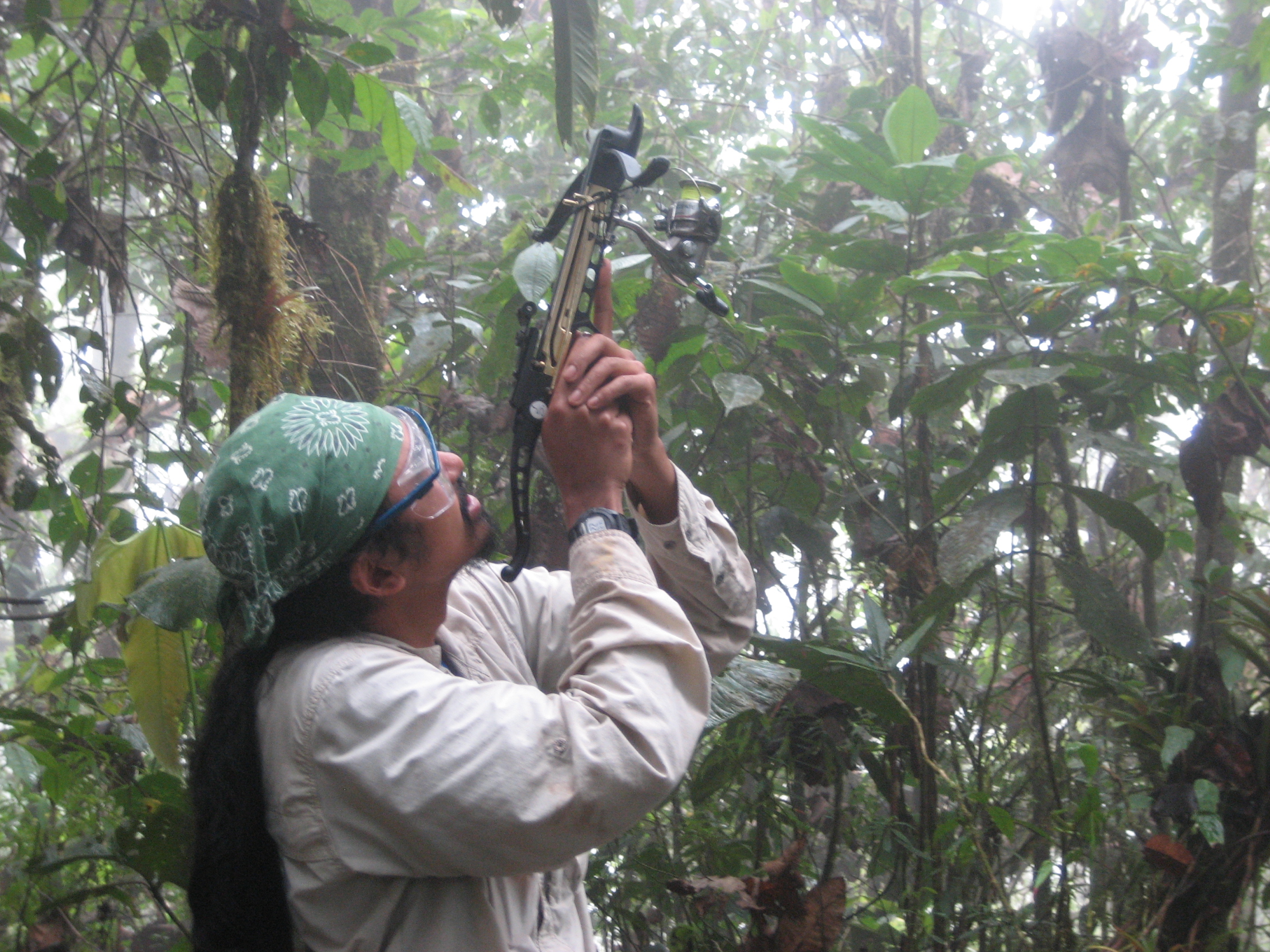
I view ecological research as an important part of conservation. This project will help to support Reserva Los Cedros, and increase awareness of this amazing forest and research facility at a time of intense pressure from logging and mining. 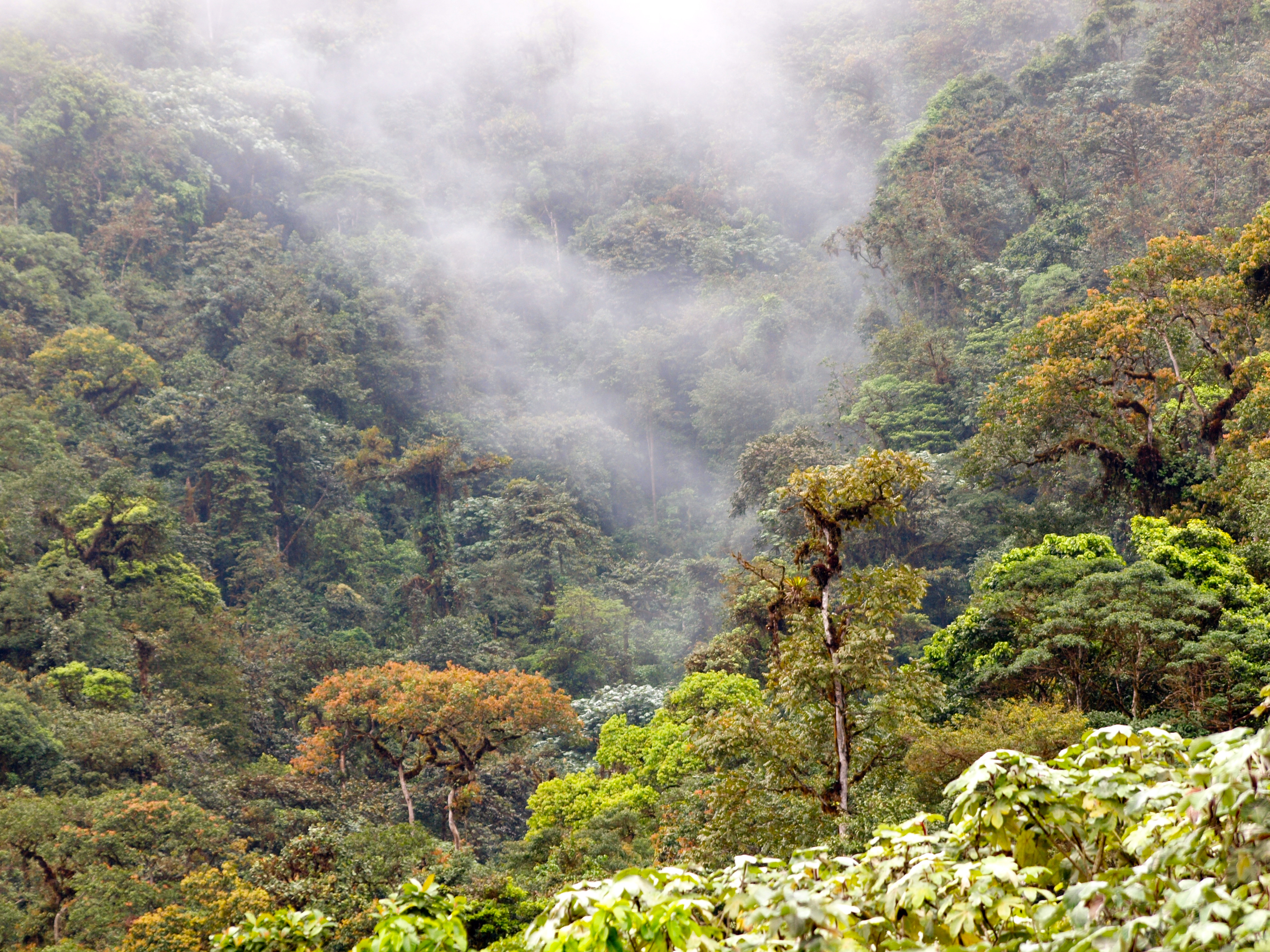
Project Backers
- 10Backers
- 5%Funded
- $250Total Donations
- $25.00Average Donation
